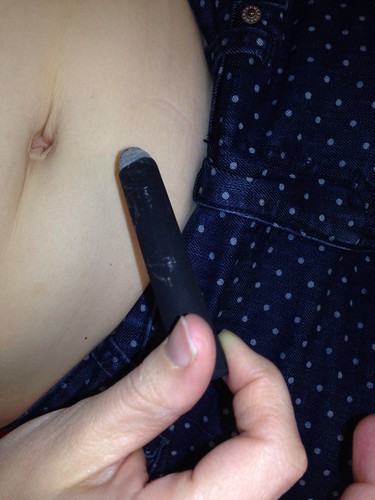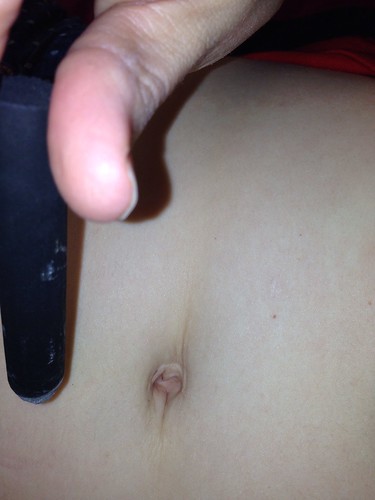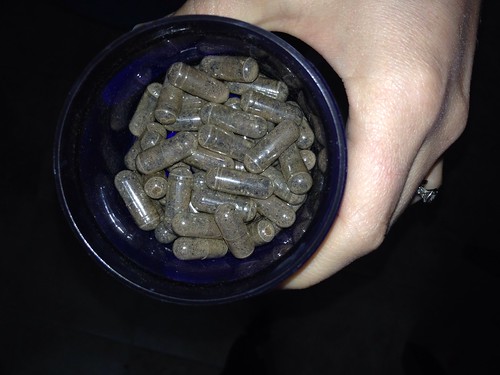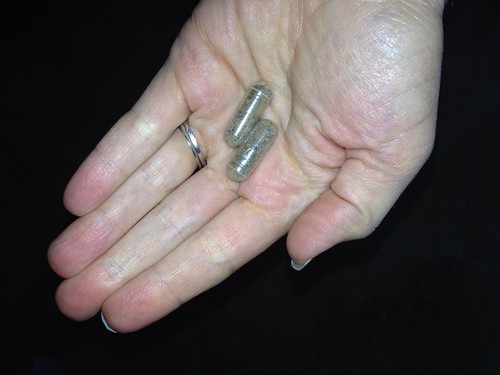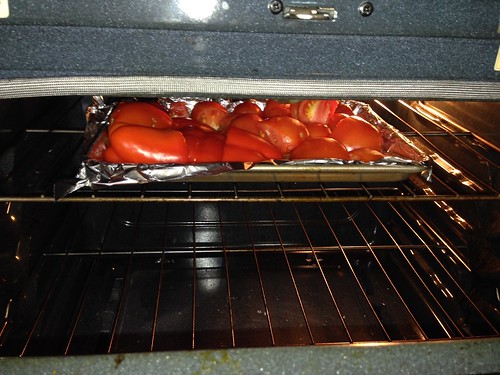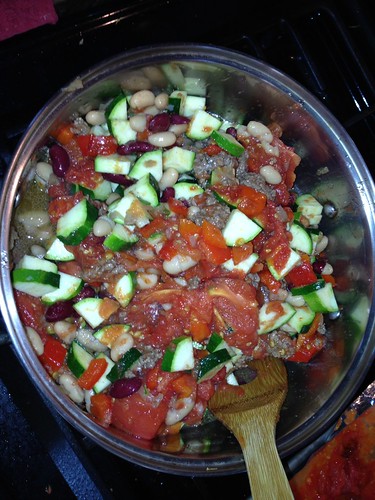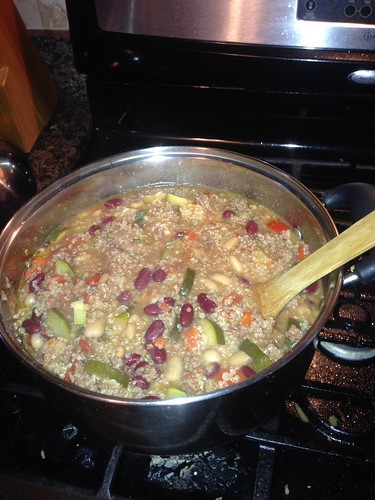There are a whole slew of slow cooker babies around Neighborhood Acupuncture Place these last couple of weeks. So I thought I would share my recipe for lactation cookies. If you’re not lactating you can eat them too they are delicious. 😉
If you are having trouble breastfeeding, if baby isn’t making lots of wet and poopy diapers get help sooner rather than later! Breastfeeding USA is an evidenced based mother to mother support group and the Algonquin meeting is the 2nd Tuesday of every month at Radiant Heart Yoga (1130 N Main St) from 10a-12p. Come to a meeting when you are pregnant so you know support is available. Come to a meeting if you have questions or need to get out of the house. (you don’t even have to worry about showering or getting out of your pjs if you don’t want to!) There is also a FB page if you have questions. Beth of BBBabies is an excellent lactation consultant and she will come to your house too.

Lactation cookies can give you a boost in your supply but they won’t fix your supply if there is a bigger issue happening. Nursing mamas get hungry and these are full of healthy fats, fiber and deliciousness. The black strap molasses, oatmeal, flaxseed, coconut oil and brewers yeast are considered glactogogues, meaning they support a healthy milk supply.
What you need:
1 cup coconut oil (don’t worry about melting if its solid)
1/2 c black strap molasses
1/2 c white sugar
2 eggs
1 teaspoon vanilla
1 teaspoon baking soda
pinch of salt
2 cups of flour
2 cups of oatmeal
2 heaping tablespoons of ground flax seed
1 scoop of brewers yeast
a bag of chocolate chips or dried fruit
Directions:
Preheat oven to 375
Mix sugars, eggs, vanilla, and coconut oil. Add dry ingredients until mixed well. Stir in chocolate or dried fruit. If you are impatient grease an 8×11 pan and make bars or drop tablespoon size balls of dough on cookie sheets.
Bars bake for 30 minutes or until golden brown. Cookies bake appx 11 min.

